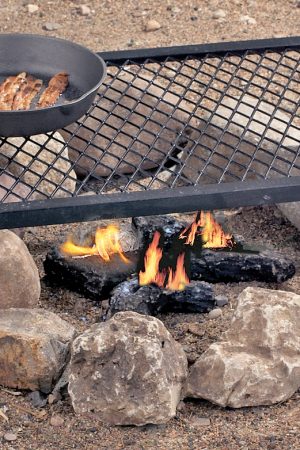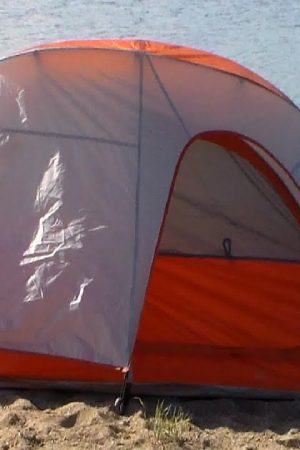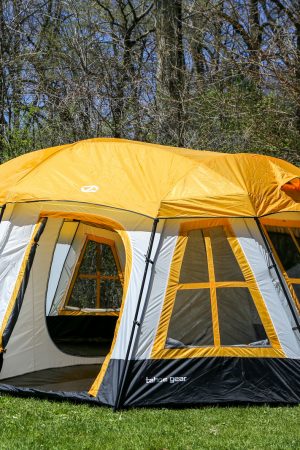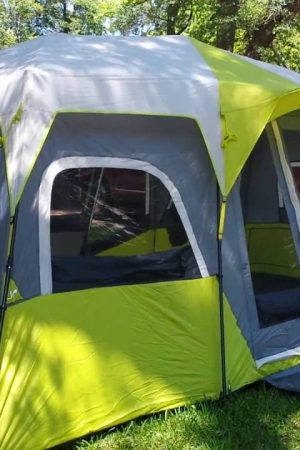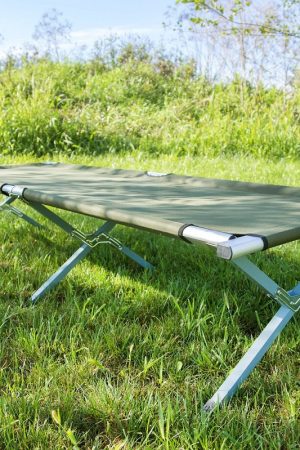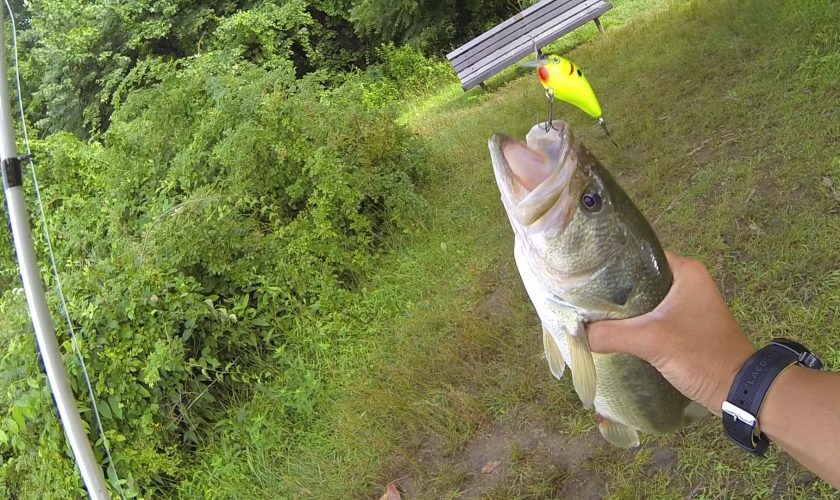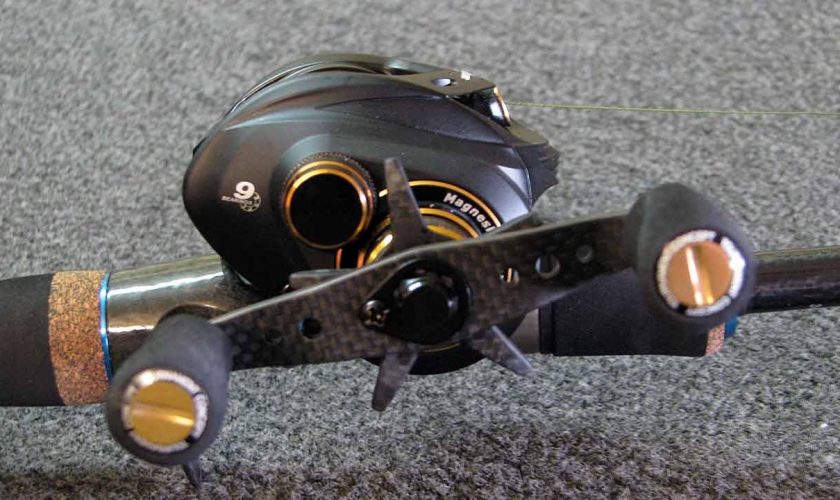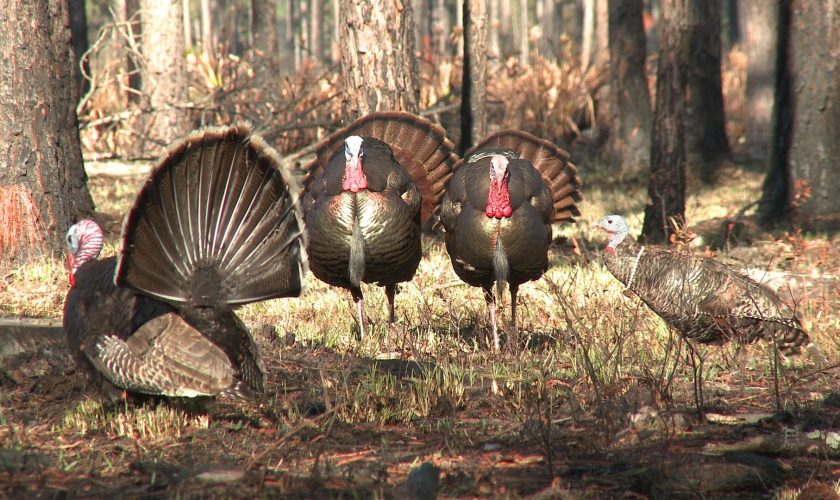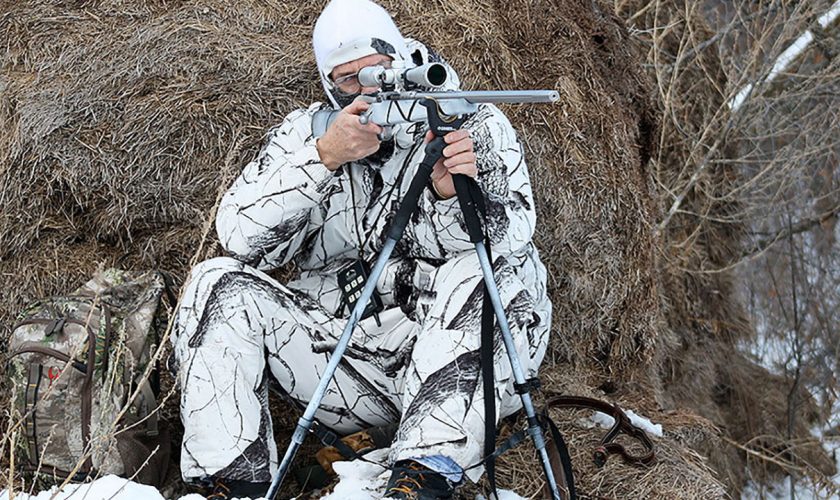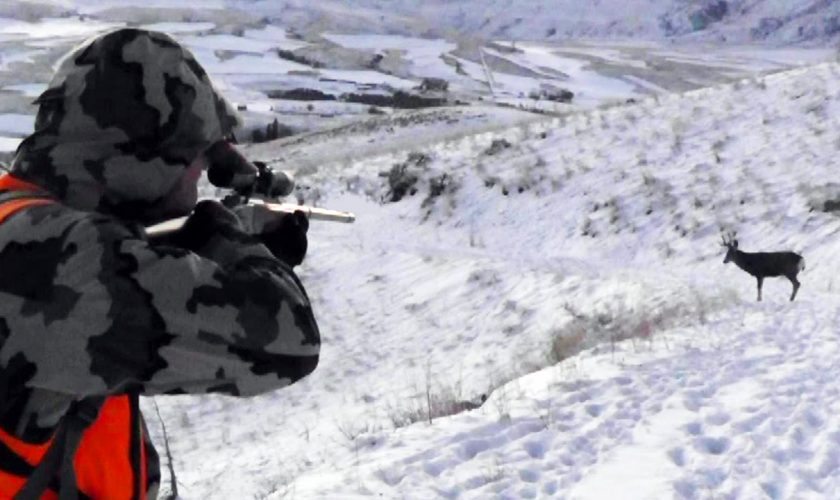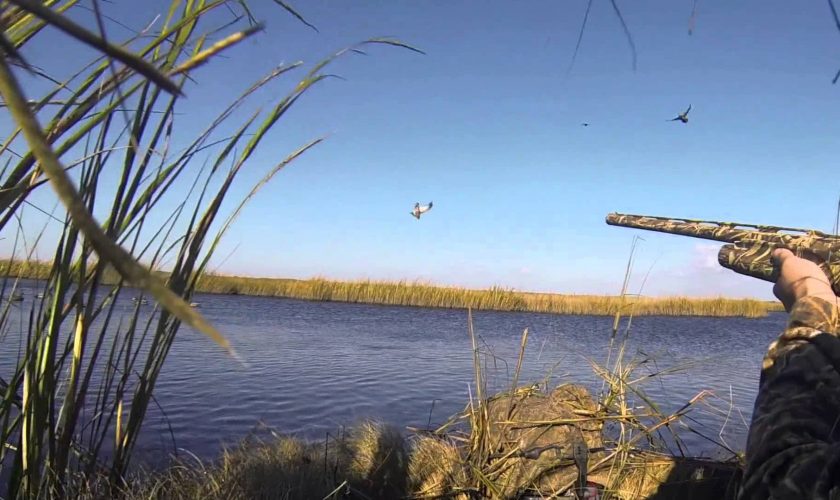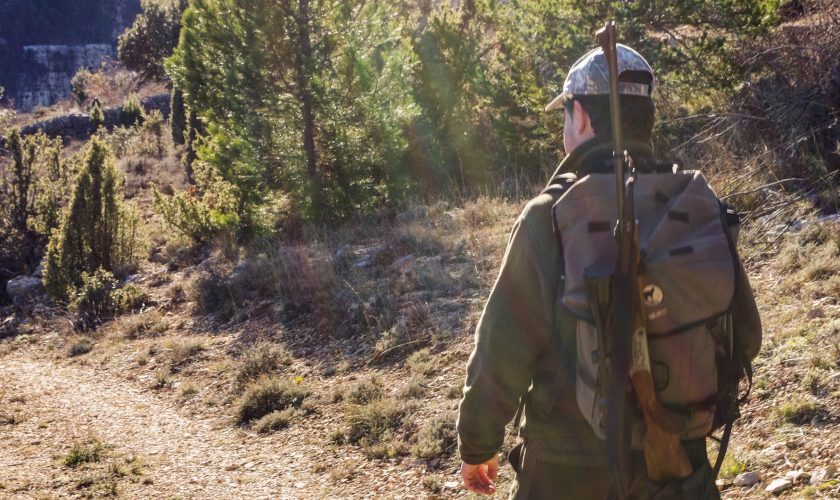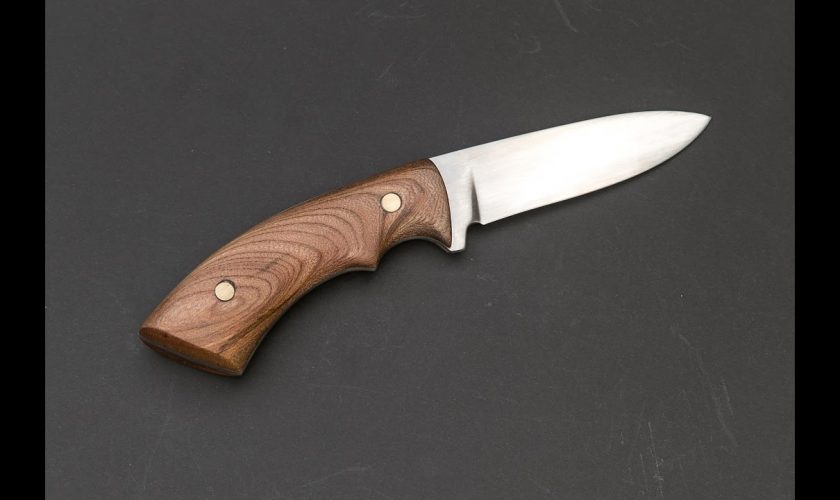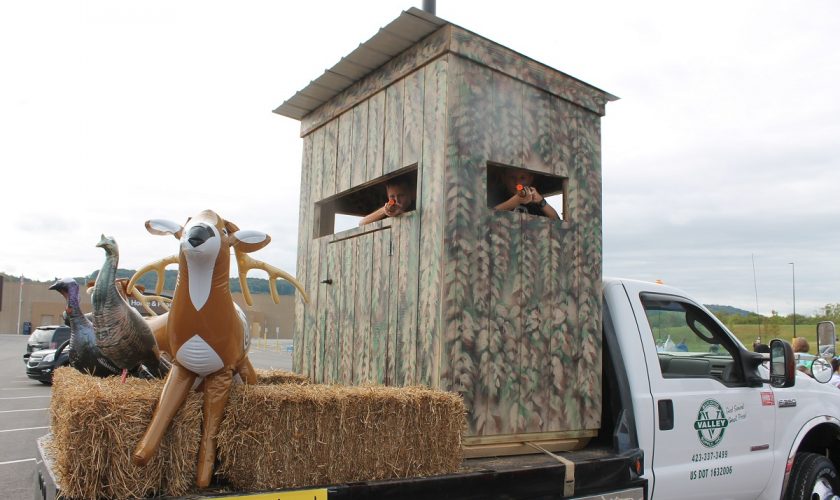Any fish that routinely eats smaller fish can be targeted with crankbaits. A lure with a plastic lip that causes a bait to dive underwater can be classified as a crankbait. The depth ranges vary from just below the surface down to 20 feet or even deeper.
A crankbait tops the choices of many bass anglers who need a lure to cover water quickly and explore various depth zones.
Today’s crankbaits come in a variety of body shapes and widths, but the lure’s bill is the key feature defining a crankbait as a shallow-, medium- or deep-diving plug. Crankbaits with square bills are best for running in the shallows from 1 to 4 feet, while a plug with a 1-inch bill will dive to about 10 feet deep. Crankbaits featuring longer bills have the potential to reach depths down to 30 feet.
Using Crankbait
Crankbaits are one of the most commonly used bass lures. They come in a wide variety of shapes, sizes, and colors, but all crankbaits have a few things in common. First, they have a lip or bill on the front that is designed to plane through the water and get the lure down in the water column. The diving depth of the lure can be roughly determined by the size of the bill: the bigger and longer, the deeper it will dive. Second, there are usually two big treble hooks hanging from the bottom that make it look like it will hang up on the first piece of wood or weed it encounters. While crankbaits often do get fouled in this kind of cover, the attitude or position that the lure travels is bill first and head down, thereby protecting the hooks from snagging.
Crankbaits are relatively simple to fish and can be very effective when used in the right situations. Gene Ellison provides some insights and quick tips into the right situations for using crankbait.
Squarebills and Shallow Divers
The shallowest-diving crankbaits – including the popular squarebill crankbaits – work best around shallow cover. Ideal places to throw shallow crankbaits are around rocks, docks, submerged wood, and shallow grass lines. The key with shallow-diving crankbaits is to fish them with no regard to getting them hung up. While this may seem crazy for a lure that has two treble hooks attached, shallow-divers actually do not hang up often if you reel them in fast enough. When a lure deflects off a hard object, it is often the best time to catch a fish, as it causes a reaction from the fish as the lure changes direction. The body and lip of the crankbait will absorb the impact, causing the deflection, and the hooks will rarely penetrate the cover at high speeds.
Medium Divers
Medium-diving crankbaits work well in water that is shallower than 10 feet, even when they dive deeper than the water’s depth. A crankbait that dives 10 feet, for example, will be excellent in shallower water, as it will dig into the bottom and cause a disturbance. Like shallow-diving crankbaits, a deflection also triggers strikes, and a short pause after a deflection often results in a strike.
Deep Divers
A deep crankbait works well for fishing off shore structures like rock piles, creek channels, and ledges. It takes more effort to get these crankbaits down deep and to make them stay there. Like the shallower styles, bottom contact is important, and any deflection or change in the retrieve will trigger a bite.
Line Type, Size, and Diameter
Selecting fishing line is one of the most overlooked aspects of crankbait fishing. Line size and diameter greatly affect how deep your baits will dive and what action they will have. Simply put, the thinner the diameter is, the deeper a bait will dive.
In addition to the line diameter, the type of line will affect the diving depths of your crankbaits. Monofilament and braid will float, and fluorocarbon will sink. Braided line will also have the least stretch, making it the least attractive option for crankbait fishing. The lack of stretch will tend to pull hooks out of the mouth of a fish, resulting in more lost fish.
Monofilament and fluorocarbon are the top choices for crankbaits. Monofilament is ideal for shallow crankbaits, especially when you are fishing around grass, as it will not hang up as often as the sinking fluorocarbon.
Fluorocarbon is a great all-around line for crankbait fishing; it has minimal stretch, and the sinking properties will allow a crankbait to dive deeper.
5 Common Crankbait Fishing Mistakes
Crankbait fishing is a lot more than just mindlessly reeling a lure, however. There are several important caveats that, when considered, will take your cranking game to a whole new level.
Robot mode
As much as we’d love to experience hot and heavy action each time we hit the water, it’s simply not practical. Regardless of your preferred technique, you’ll often fish for hours without a single bite. This lack of action can create a bad habit for crankbait fishermen.
Crankbait fishing is all about making the fish react, which often means making your lure do something different or erratic. Pay close attention the next time you see a school of shallow baitfish—they rarely swim in a straight line. They’re extremely fidgety and every few seconds they’ll dart or dash to the side.
Fishing too quickly
There’s no doubt that crankbaits are an effective tool for quickly covering large expanses of water. They allow for long casts, quick retrieves and they spend a lot of time in the optimal strike zone.
But that doesn’t mean you shouldn’t thoroughly saturate a key piece of cover.
I’d say that 99 percent of my crankbait catches over 5 pounds have come after several identical casts to the same piece of cover. I started keying in on this several years ago and since then, I’ve enjoyed a lot of success whether I’m tournament fishing, guiding or fun fishing.
I’m no biologist, but here’s what I think it comes down to: The biggest bass on a body of water are both smart and lazy. I don’t think most people catch big bass because they find some magic honey hole. In my personal experience, most of it comes down to ticking them off and making those suckers bite.
Improper rod angles
When most of us started fishing, we were tought to set the hook with an upward motion. It’s just the most natural feeling and for most bass fishing techniques, it works just fine. But when you’re crankbait fishing, you should never set the hook upward.
Proper hookset mechanics begin with the appropriate rod angle throughout your retrieve. Not only will it increase sensitivity, but you’ll also be in prime position when it comes time to set the hook.
Using a rod that’s too stiff
If any bass fishing technique calls for a specialty rod in your collection, it’s crankbait fishing. I see so many people who have perfect mechanics constantly lose crankbait fish. It’s honestly not their fault—it’s the rod’s fault.
I like to use a pretty wimpy rod for crankbait fishing. For shallow-running flat-sides up to 1.5-size crankbaits, I like to use a 7-foot medium-action rod. It doesn’t have much backbone, but its tip is what I’m most concerned with.
Squarebills aren’t a cure-all to snags
There’s a lot to be said for squarebill crankbaits; they’re essentially the four-wheel drive of reaction lures. Their lips are designed to allow them to glance off of hard cover while protecting the hooks, thus reducing annoying hang-ups.
But let me be very clear: You can’t just smash ‘em into cover and expect them to make it through unscathed. They’re not the magic pill that will end all snags. It takes some work on our part to maximize their effectiveness.

